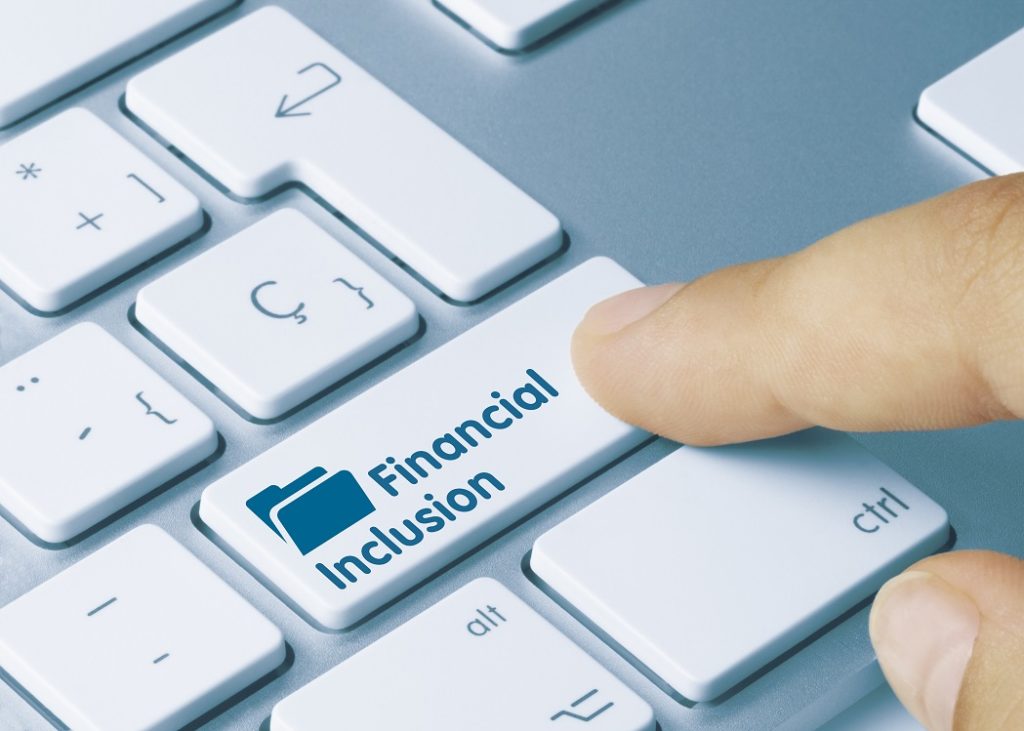

By Juliet Umeh
Although the liberalisation of the telecommunications sector in 2001 unleashed huge growth in Nigeria’s Gross domestic product, GDP, it has however not fulfilled its target in the country’s journey to financial inclusion of people living in un-served and under-served areas of the country.
This, according to different industry stakeholders is down to poor broadband penetration.
From research, since 1970s, Nigeria has always put up unsustainable initiatives to bring unbanked citizens which have largely failed.
Such initiatives include: Rural banking program in the 1970s with the aim of having at least one bank branch in each local government. It didn’t survive because armed robbers pursued all of them from business because it was by bricks and mortar.
Then, there was also the launch of People’s bank in 1989 to cater for poor professional people and traders, it was not sustainable. There was also the establishment of Community bank in the 1990s, owned by different communities, yet, the benefits were short-lived.
The next was the launch of the National Economic Reconstruction Fund, NERF to provide fund for Small and Medium Enterprises, SME and the middle skill enterprises and Family Economic Advancement program to assist rural women, it also failed.
However, with the liberalisation of the telecommunications sector in 2001 and the attendant boom it brought to other sectors of the economy, the financial sector felt the solution has finally arrived.
The journey to revitalise the sector against all the failed initiatives came alive again. The digital banking evolution kicked off. It began with the Unstructured Supplementary Service Data, USSD regime.
This uses a short code to transfer funds through the mobile phones. It was an agreement between the telecom operators and the banks, and proceeds of the charges were shared between the two parties on an agreed ratio.
Although this brought some revolution to the banking sector and truly portray technology as huge enabler, it was also to fall short of the huge expectations of thriving Nigerian banking public who needed to do huge transactions but could only do N20,000 at a go through USSD.
As expected, technology breeds innovations; Internet/digital banking methods gradually crept into the scene. Now, the problem is that the broadband facilities to make it ubiquitous are lacking. Where it is even available, penetration to the rural populace has dragged surprisingly in a country considered the fastest emerging economy in the world.
Group Managing Director, Zenith Bank PLC, Mr. Ebenezer Onyeagwu, while commenting on the revolution by digital banking at a telecommunications summit recently, agreed that all the previous financial inclusion initiatives failed.
He said: “In 2012, the Central Bank of Nigeria, CBN, adopted the national financial inclusion strategy which was aimed at reducing the percentage of financially excluded adults in Nigeria from 46 percent in 2010 to 20 percent by 2020, it was expected that physical branches of banks will drive financial inclusion.
“However, the emergence of digital financial products and services such as USSD enabled feature phone users to have access to banking transactions through the help of telecommunications.
“When CBN saw that such development will enable it to onboard a number of the unbanked and reaching so many unbanked, CBN in 2018 revised the strategy for the national financial inclusion project.
“So in 2018, CBN now prioritised digital financial services as the main financial inclusion driver, identifying various stakeholders, roles and responsibilities.
The services employed are agent banking, mobile banking, USSD among others. USSD made it possible for anybody that has a telephone line to have access to financial services. All you need is dial the code of whatever bank.
“But the experience we are also seeing is that the transactions you can do with USSD are negligible, you can’t do transaction above N20, 000. And those who are doing it are now migrating from the USSD to the higher level of platforms.
“There are some who are moving from feature phone buying smartphone and enrol in mobile banking. But when they enrol in mobile banking, where is the broadband to cover them?
The man in the remotest village in this country, do we have the broadband covering him and even when the broadband is there, what is the cost?
“So, to achieve expected results, stakeholders within the telecommunications and banking sectors should work towards getting broadband across the remotest villages but making it affordable to poor masses,” he added .
“Broadband penetration as at June 2020 was 41.23 percent in Nigeria while Kenya was 46 percent. China and United States have over 70 and 80 percent respectively. The penetration, affordability and cost of broadband are the major issues that we need to deal with”.
The post Financial inclusion: Why all past initiatives failed appeared first on Vanguard News.
0 Commentaires